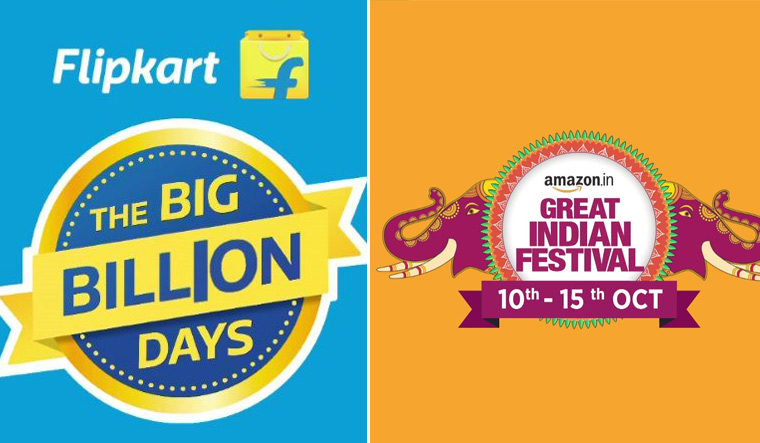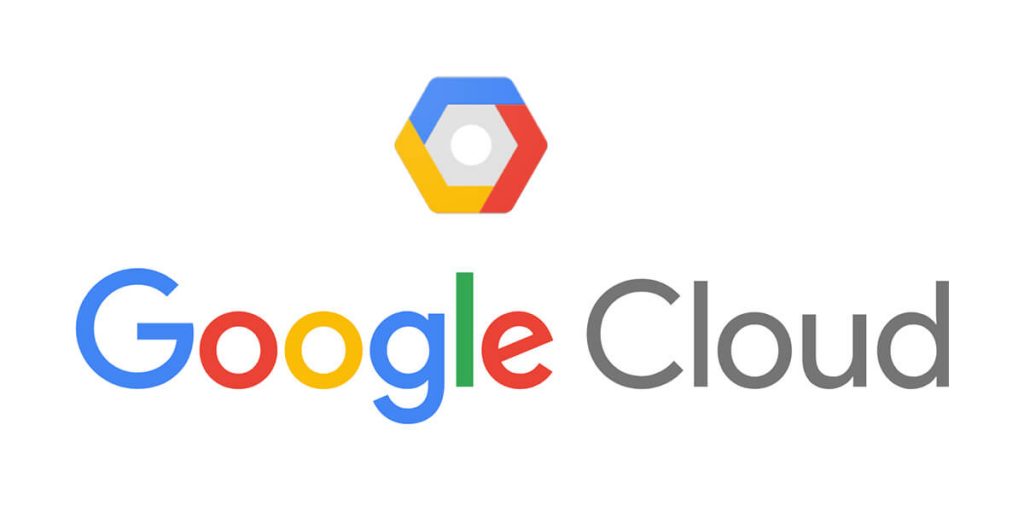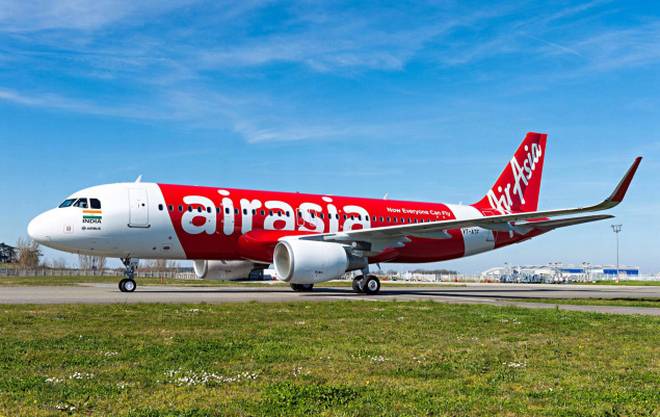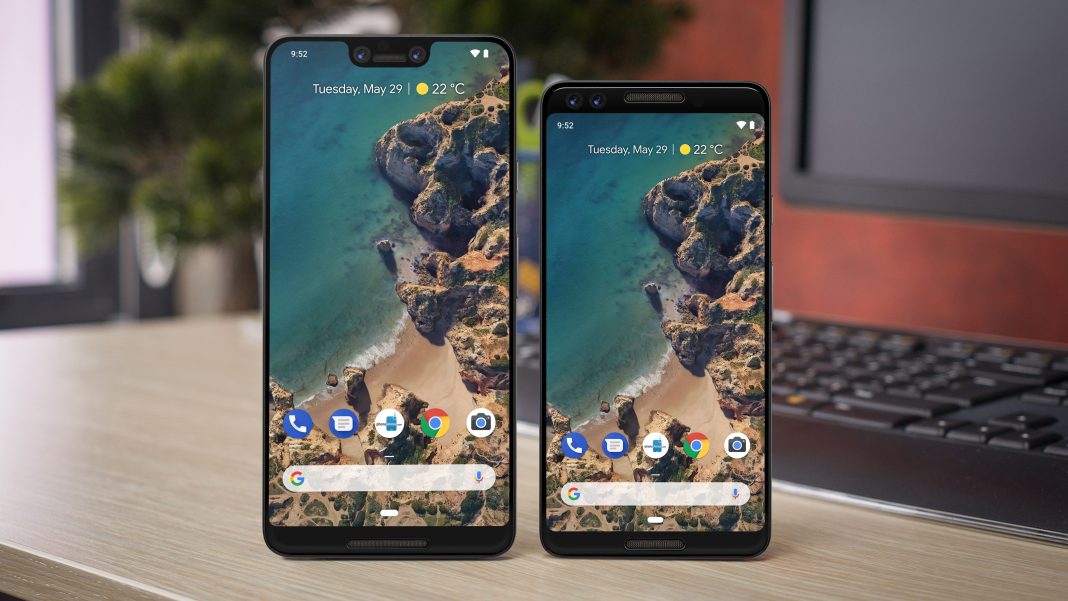Yandex’s Driver-less Cars are Out Running on the Roads of Moscow
The Google of Russia, and the most used search engine of Russia, Yandex, is doing way beyond a search engine must do. The largest technology firm of Russia started its journey by setting up a search engine in the late 90s and by the end of 2018, it has spread its wings in other fields too. On Tuesday it announced the launch of a self-driving autonomous taxi service, that will soon run on the roads of Moscow.
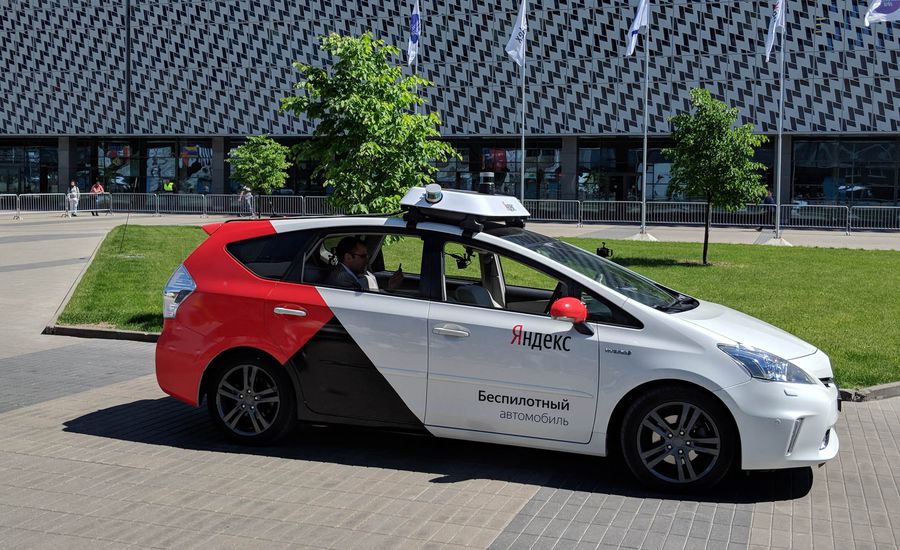
Yandex launched the prototypes of the driverless cars last year, in the month of May, and had already announced Europe’s first autonomous taxi service, back in August this year. The self-driven cars, Waymo by Google, are already running in Silicon Valley, and a launch of such cars out of Silicon Valley is a big achievement for Yandex.
Yandex initially will have two types of vehicles, based on the driver-less technology, and will run in the 400-hectare region of Skolkovo, in the Innopolis technology park. The car will have fixed fares for particular destinations, and the user can choose the destinations through an app, on their smartphones.
The self-driven cars by Yandex have sensors, video cameras and lidar, that enables the cars to judge the distance from other cars and other obstacles, using lasers. The odometry, used in the car, calculates how much the tyres of the vehicle have moved, and in which direction. The vehicle is embedded with the technology, that can identify the traffic lights, road marking, and the road signs. The vehicle can also predict the next situation as according to the makers, no one follows all the rules properly, so the car must be intelligent enough, to plan and predict the next step, that must be executed to avoid any type of mishappening.
Although the car has been tested with all its features and is good to go, for now, there will be a human driver sitting on the other seat of the car, to take over the driving at the time of emergency. The driver will be removed soon from the car, and Yandex is planning to reach out to more places, in Russia, where it can impose those self-driven cars. It is also planning to make the technology compatible with different brands cars.

Yashica is a Software Engineer turned Content Writer, who loves to write on social causes and expertise in writing technical stuff. She loves to watch movies and explore new places. She believes that you need to live once before you die. So experimenting with her life and career choices, she is trying to live her life to the fullest.
